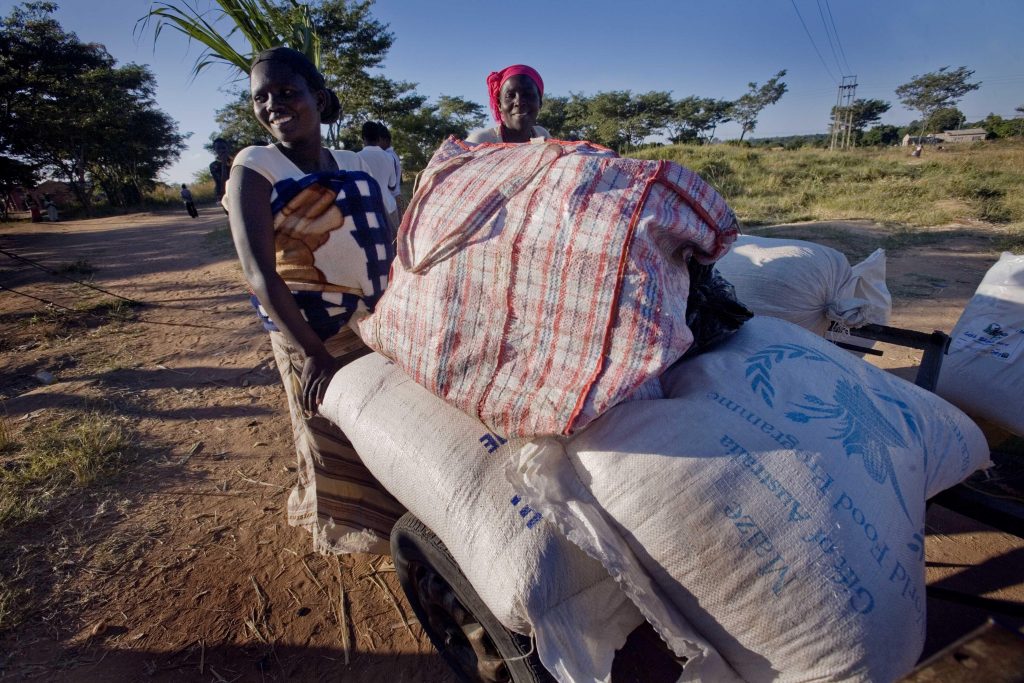
In the 21st century, we live in a world regularly affected by emergencies, often with severe local and regional health consequences. In the context of climate change and corrosive political instability in many world regions, it is probable that we will see an increase in disasters or their resulting health impacts.1 By the end of 2016, 65.6 million people worldwide were forcibly displaced from their homes. The record number includes 22.5 million refugees, 2.8 million asylum seekers and 40.3 million people living in internal displacement (ID).2,3
The number of ID has nearly doubled since 2000 and has increased sharply over the last five years. For displaced populations health care has traditionally focused on maternal and child care and treatment of communicable diseases. While these traditional health priorities remain relevant, demographic and lifestyle changes are increasing the burden of noncommunicable diseases (NCD) in populations worldwide. This epidemiological shift poses new challenges for humanitarian agencies and host country governments. NCD accounted for 19% to 46% of mortality in the top 5 source countries for refugees in 2015.4
In the absence of regular care and access to medications, NCD may result in complications requiring costly specialised care and have the potential to seriously compromise both quality of life and life expectancy, since the risk of exacerbating pre-existing conditions or suffering acute complications, is two to three times higher than it was beforehand. In the initial response of an emergency management of NCDs should focus on treatment of life-threatening or severely symptomatic conditions. During the recovery phase after emergencies or during protracted emergencies such as long-term settlements, the management of NCDs should be expanded to include management of sub-acute and chronic presentations. WHO recognizes the growing problem of NCDs, and in 2013 introduced the Package of Essential Noncommunicable Disease Interventions, or WHO PEN, a set of tools to early detect and manage cardiovascular diseases, diabetes, chronic respiratory diseases and cancer in order to prevent life-threatening complications, such as myocardial infarction, stroke, kidney failure, amputations and blindness.5
There is a need to identify challenges and gaps in order to create a more holistic approach to effective planning, implementation and delivery of health care services to displaced populations with chronic NCD.
_________________________
References
- Demaio, A., Jamieson, J., Horn, R., de Courten, M., & Tellier, S. (2013). Non-Communicable Diseases in Emergencies: A Call to Action. PLoS Currents, 6, 5-23.
- UNHCR (2017). Global Trends – Forced Displacement in 2016. United Nations High Commissioner for Refugees, Geneva.
- IDMC (2017). Global Report on Internal Displacement. Internal Displacement Monitoring Centre, Geneva.
- Sethi, S., Jonsson, R., Skaff, R., & Tyler, F. (2017). Community-Based Noncommunicable Disease Care for Syrian Refugees in Lebanon. Global Health: Science and Practice, 5(3), 495–506.
- WHO (2010).Package of Essential Noncommunicable (PEN) Disease Interventions for Primary Health Care in Low-Resource Settings. World Health Organization, Geneva
_________________________
Ana Pinto de Oliveira
2nd year Public Health Resident
ACES Arco Ribeirinho, Barreiro, Portugal
Catarina Neves Oliveira
Public Health Specialist
ACES Arco Ribeirinho, Barreiro, Portugal
(As published in EuroNews #13)
